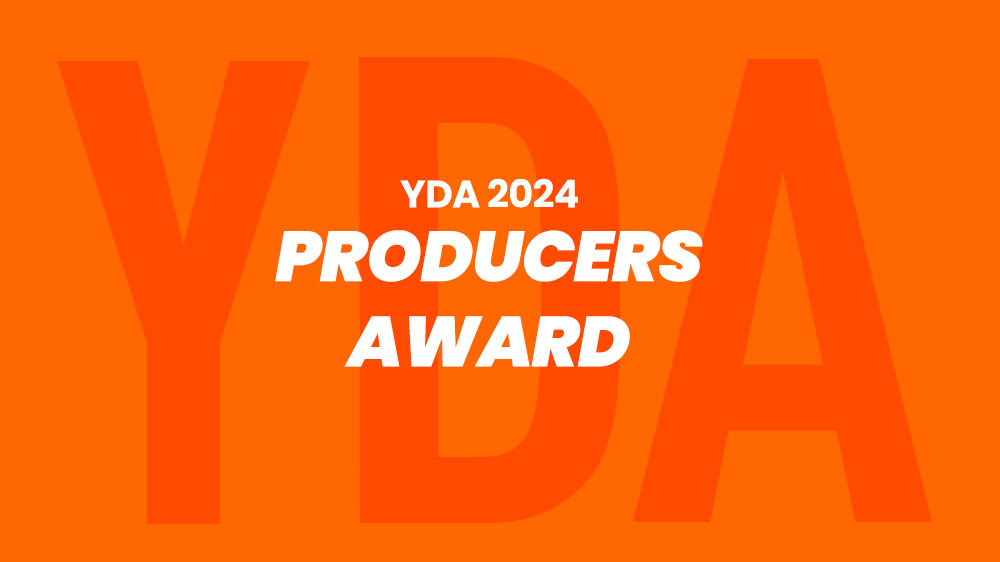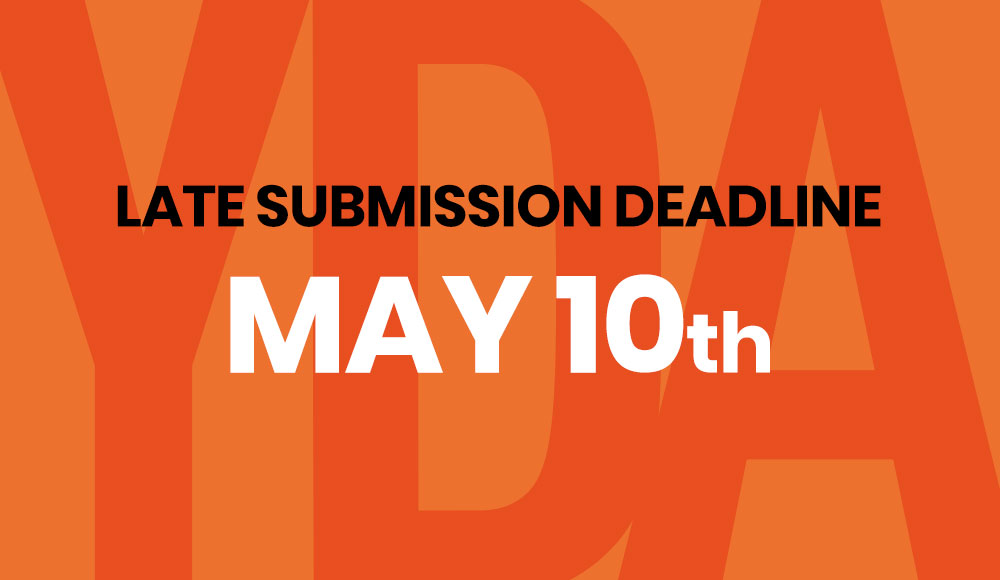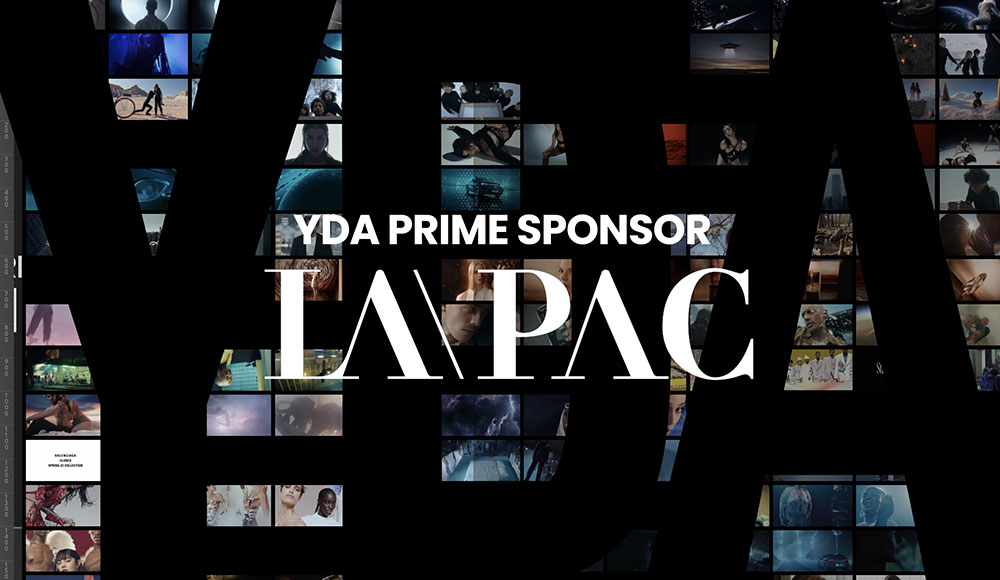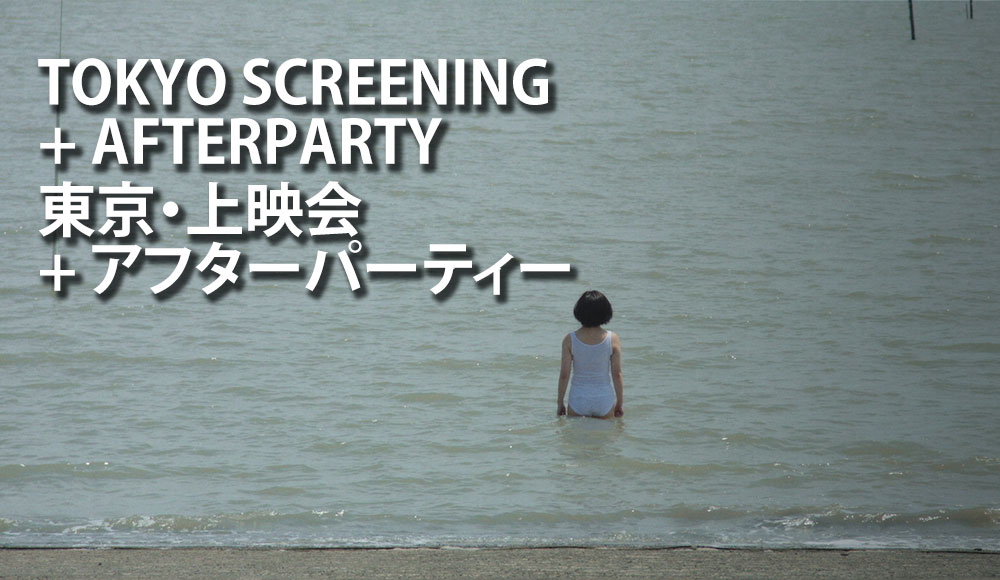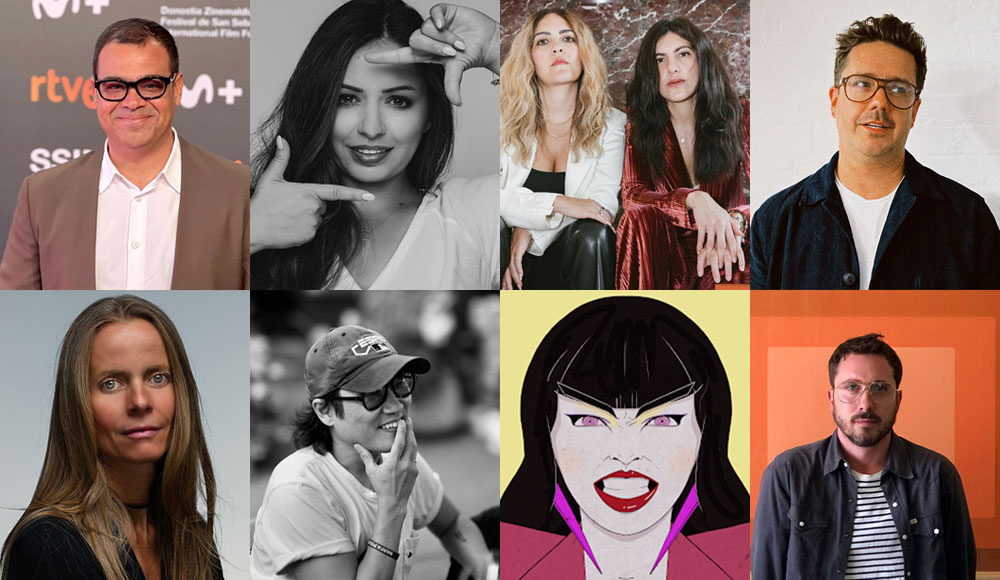Photography, interactive and storytelling combine to create ‘living art’ in the world of Alexx Henry. The photographer turned to digital to in response to the shrinking economy but instead found a means of broadening his creative horizons. We caught up with Henry, who was a finalist at this year’s SXSW, to chat print-in-motion.
How did you first get into interactive/digital?
It happened around the time when the economy was just starting to go south, and photographers all around were closing their doors. There was a general mood of contraction. It felt like it was time to evolve or else. It was a great time to do something extraordinary. From there, interactive became a natural extension.
I love the characterization of your work as “print in motion” and “living art.” What do these phrases mean to you and how does it differ from filming the more traditional sense?
Living Art is the natural evolution of photography. It’s a simple idea, but it’s going to play a huge roll in the coming years.
It’s pretty basic: whatever is now in print, will soon be published digitally, in a way that is less expensive and more efficient than print. This means that images that were once bound to a “still medium,” will soon be able to use motion. Living Art is the motion content designed to live in the space previously reserved for the still.
This opens up a whole new world for image-makers like me. We are already starting to see this in tablet newspapers, digital magazines, and digital out-of-home media, and as technology develops, the demand for Living Art will only increase.
As well as creating film and interactive, you also create gorgeous photographs. What is it about stills photography and portraiture that you enjoy? And what do you think your experience creating still photography brings to your other work?Thanks! Coming from a still background has an advantage. I’ve built a career around telling stories in a single image. So Living Art, creating images “in motion” to tell stories, is a natural evolution.
Which have been your favorite projects and why?I enjoy different projects for different reasons. I find the most passion in having the freedom to do what I feel is right for the project, with the support of the people who are paying the bills. Occasionally we get unprecedented creative license from clients who trust us, which is always great, because it’s a challenge to step up and push the limits of our creative.
When we did the “Women’s Sex Fears” feature for VIV Mag, we had a pretty long leash. We blew the client’s expectations away with the motion cover and had earned their trust—which was a good thing, because we needed it—we were leading them into some uncharted waters with how the magazine article would work on the iPad. And to their credit, they followed us pretty far out of their comfort zone. If it weren’t for that daring, the project wouldn’t have been nearly as innovative.
The process itself was incredibly gratifying. We collaborated with two amazingly talented artists—visual effects genius, Cory Strassburger and Mo-Graph guru, Ming Hsuing. We pre-vis almost everything we do, but because of the short delivery schedule, we had to begin the post-production before we rolled camera, which meant a lot of decisions had to be made quickly. We turned the studio into a war room… the walls were covered with references and concept art… it looked like we were making a feature film.
As technology and opportunities proliferate, it seems an exciting time for interactive filmmakers, especially as there are always boundaries to be pushed. How do you see things developing in the future?
We are in a time where there are so many great ways to tell a story. I love experimenting with technology and seeing how it can help support an idea or be used to tell a story in a new and innovative way. There’s a great new wave of talent that are doing such amazing things. It’s a very exciting time. I’m particularly smitten with information visualization. People, like David McCandless, are using technology to visualize data in unique ways that reveal a story hidden in the data, and Jonathan Harris and Sep Kamvar are using raw, publicly available blog data to explore human emotion visually in wefeelfine.org.
Technology is becoming more and more accessible and the barrier to entry is much lower than it was when I first started, and I think that’s great. It’s not good enough to be able to know how to work the gear and technology, you really have to push yourself and strive to innovate in order to stand out. Chris Anderson of TED called this “Crowd Accelerated Innovation.” Innovation is developing at a rate unlike anything we’ve experienced in human history. Everyone benefits from this.
In practical terms, what extra considerations do you have to take on board when creating an interactive film/online project compared with traditional linear narratives?Living Art is distinct from film in that traditional narratives use a different grammar to communicate. In a film, montage plays a huge part of how meaning is conveyed. For example, imagine a shot of a little boy playing on the sidewalk… then cut to a shot of a ball rolling into the street… then cut to a shot of distracted driver behind the wheel. These three shots may be completely unrelated, but when they’re juxtaposed, a story unfolds. The cut tells the story.
As photographers, we don’t use that “languaging.” We tell our story from within the shot. There may be many layers of meaning embedded within, but it’s all right there to read in a moment.
When we approach a Living Art project, we organize it as falling into one of four different categories: The Motion Portrait, The Title Sequence, Data Driven, & Emakimono. The motion portrait is simply a portrait, or layout that uses motion. Our living one-sheet for Mrs. Washington Goes to Smith was like this. The Title Sequence is based on the title sequence in a film or show. The idea is that a feature can roll out its story, message or text in the same way that a title sequence rolls credits. That was the starting point that I was working with when concepting the VIV work. It’s a more linear approach, but can be a great way to move from one form to another.
Data Driven could be considered a sub-category within any of the others, but I like giving it its own description. This refers to evolving the art by means of external data. This could be data mined from all sorts of sources, like blogs, news feeds or status updates. Wefeelfine.org is an excellent example of this.
Emakimono (or Z-makimono, if it uses Z-depth to scroll), takes its inspiration from Japanese picture scrolls of the same name. A piece evolves its story as the viewer explores an axis, just as the Japanese picture scrolls do. There can be crossover between these four categories, but it helps us to think in these terms when we approach a project. We’re having a lot of fun with this.
Aesthetically, there’s a hyper real magic to you work – both interactive and stills photography. For example, I LOVE the Dolly Parton portrait and also the Sin City-esque safe sex project – everything in these pieces seems just that bit heightened. What appeals to you about this aesthetic?
Thank you! My work has been about making pictures, as opposed to taking them. I like to take a blank canvas and add the elements according to what I’m trying to accomplish, pulling out the stuff that doesn’t belong. In life, your brain filters out the unnecessary and you only “see” what is relevant to you. I try to approach image-making in the same way.
to find out more about Alexx and his work check out www.alexxhenry.com and www.toolofna.com
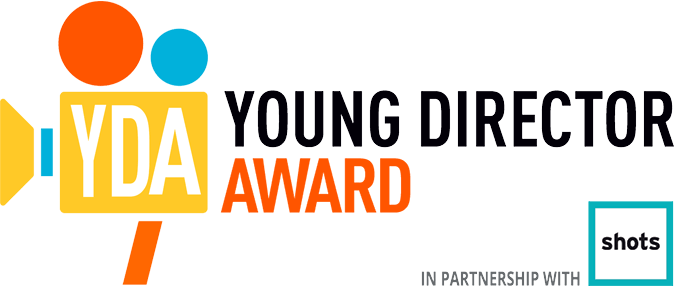
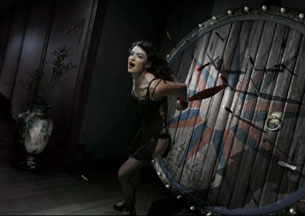
![tool-ahenry_press10[1] Alexx Henry](http://youngdirectoraward.files.wordpress.com/2011/03/tool-ahenry_press101.jpg?w=200) </
</